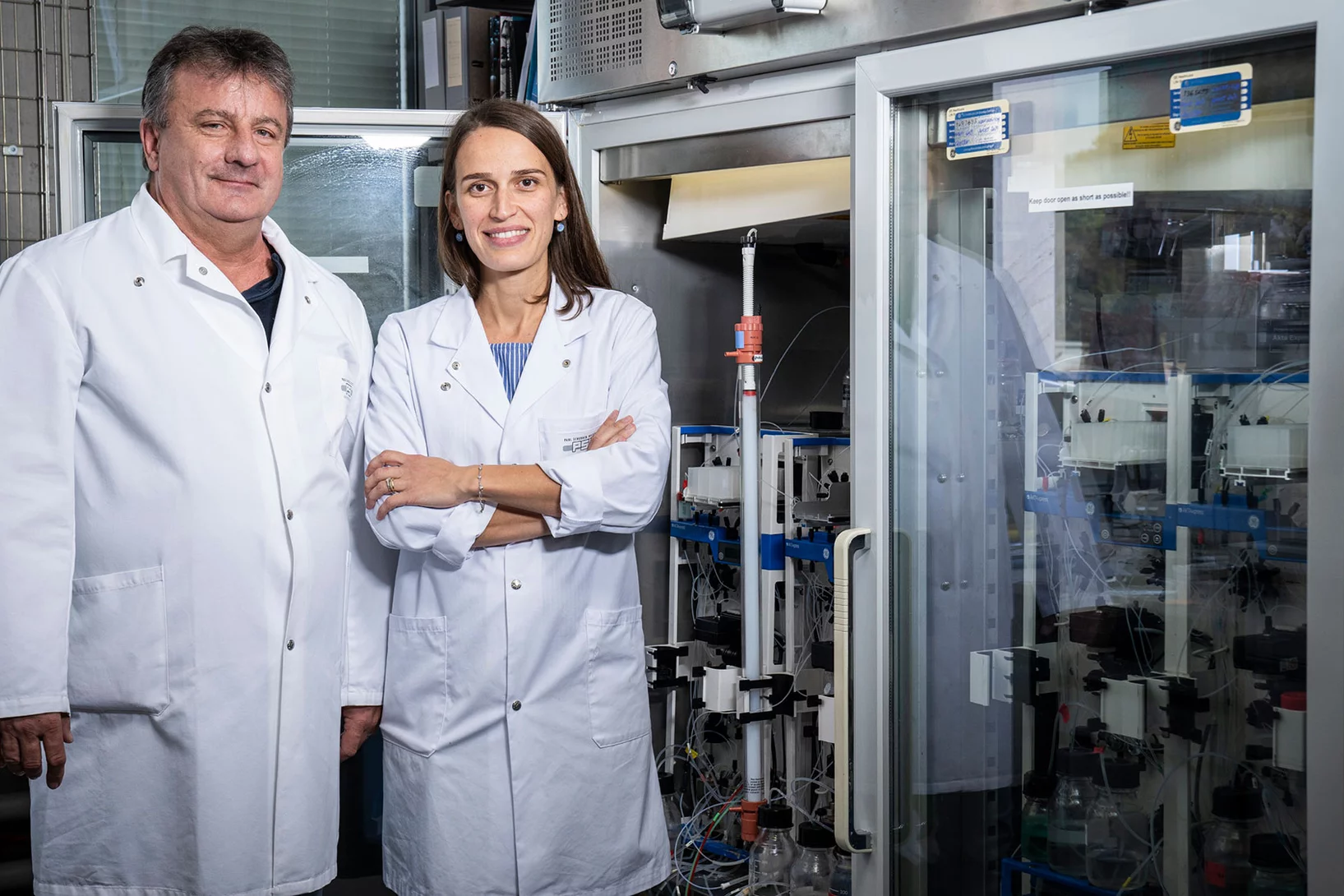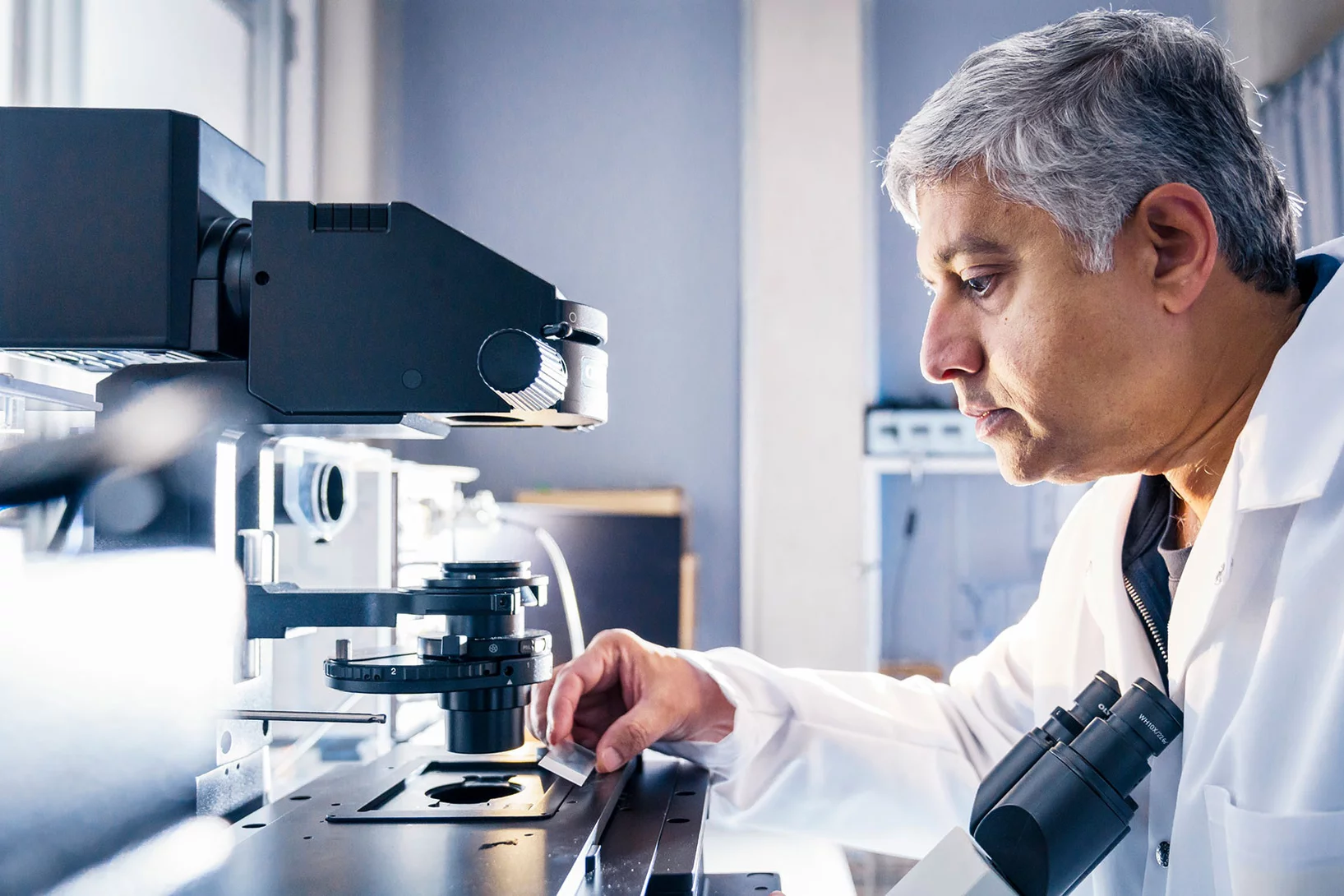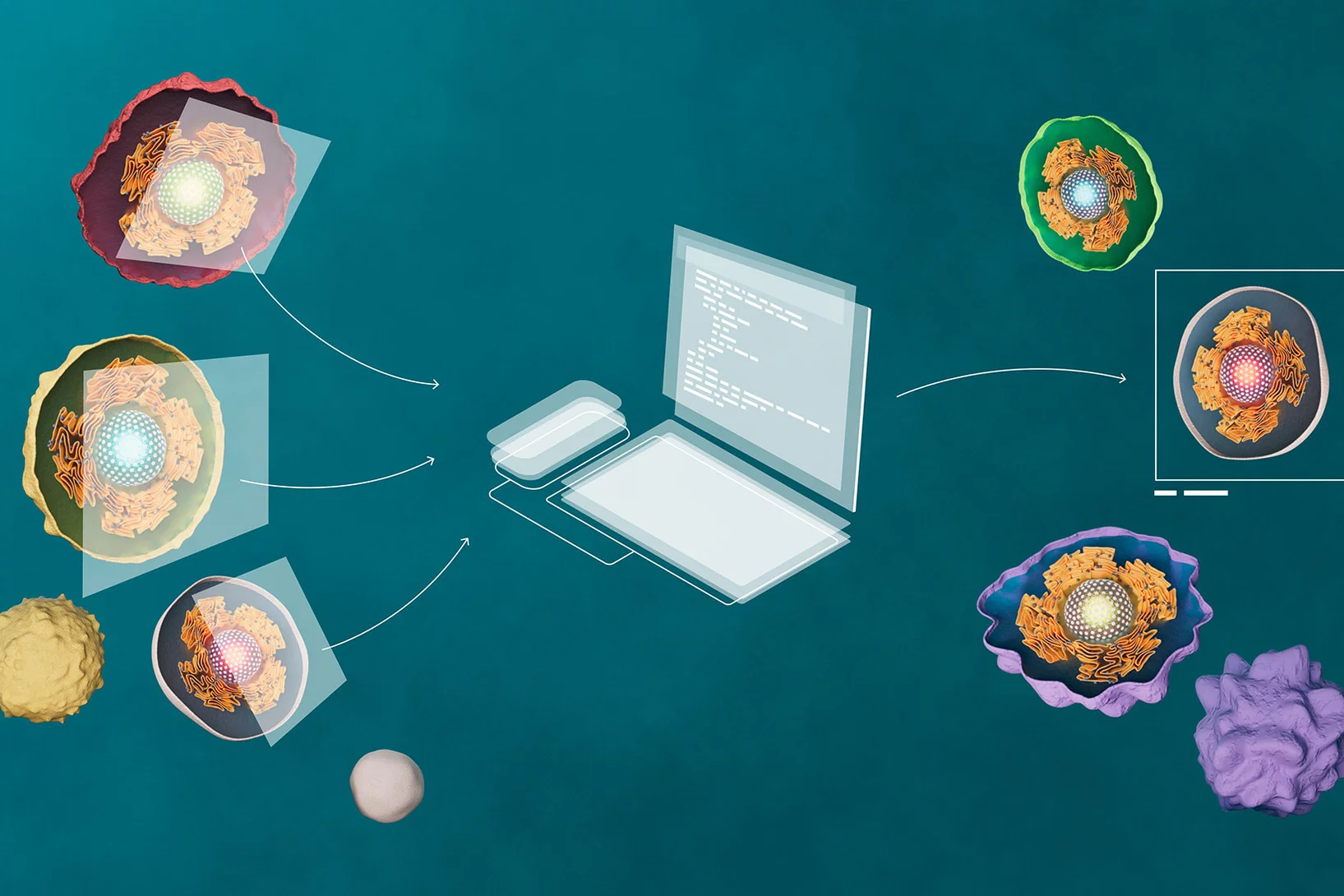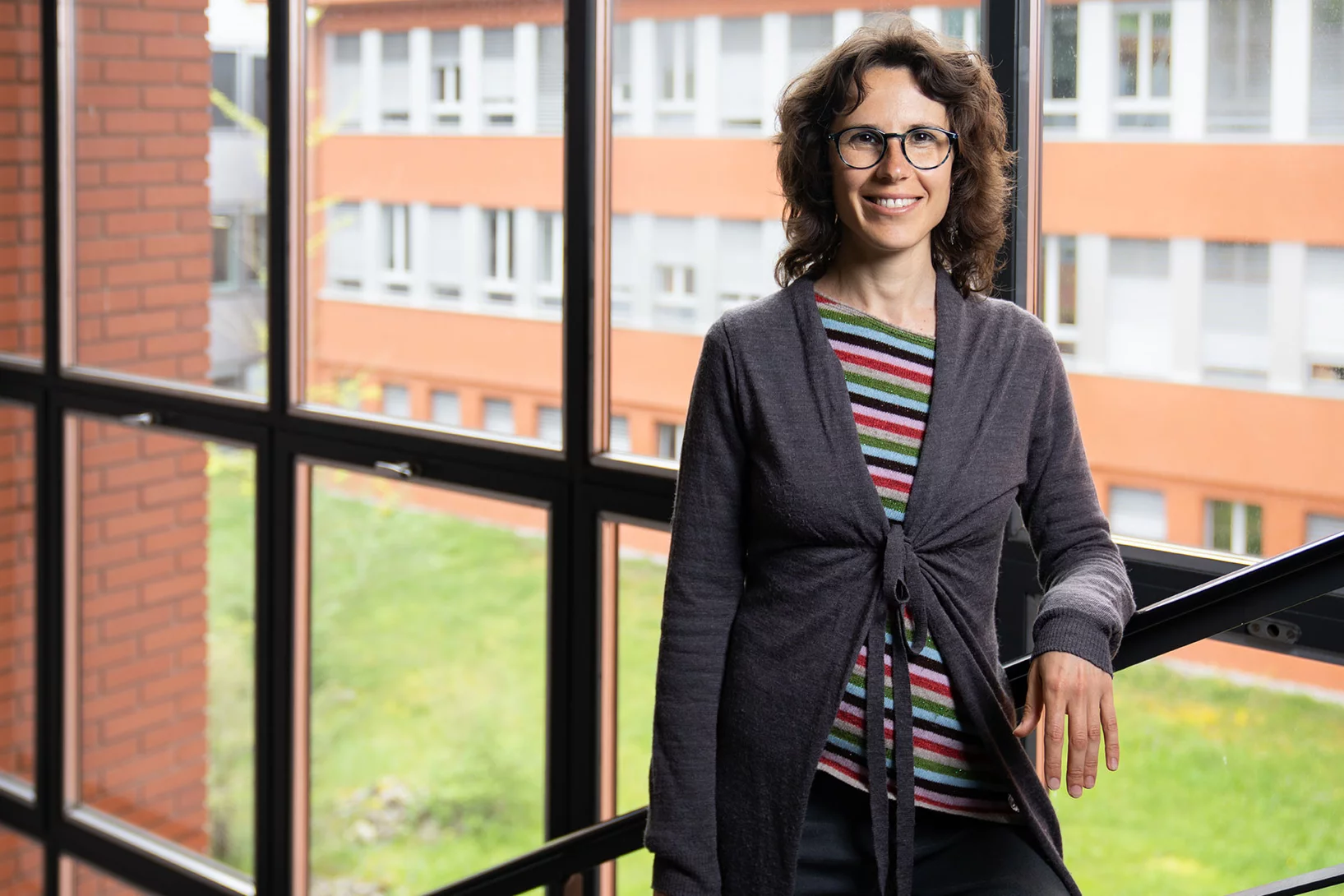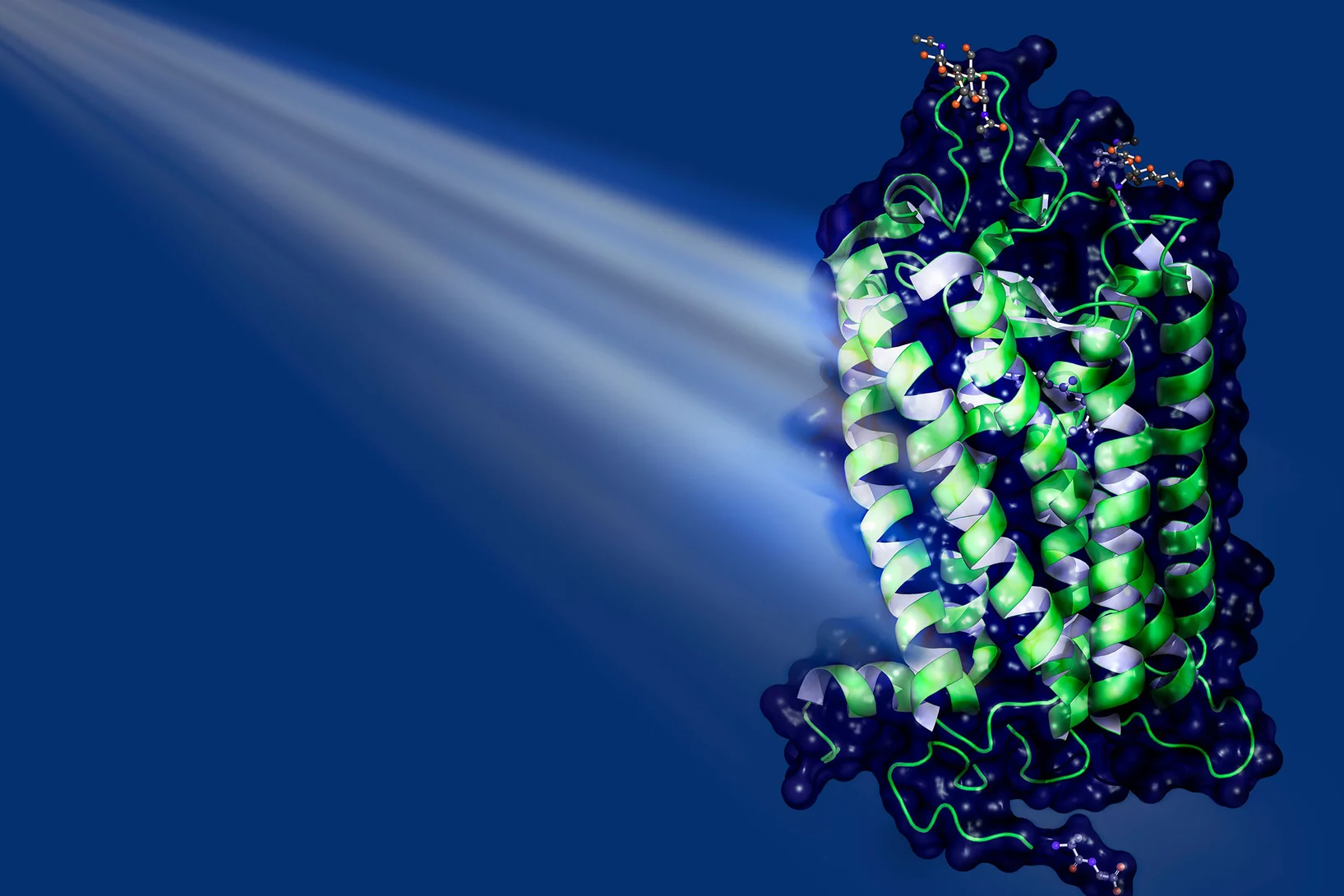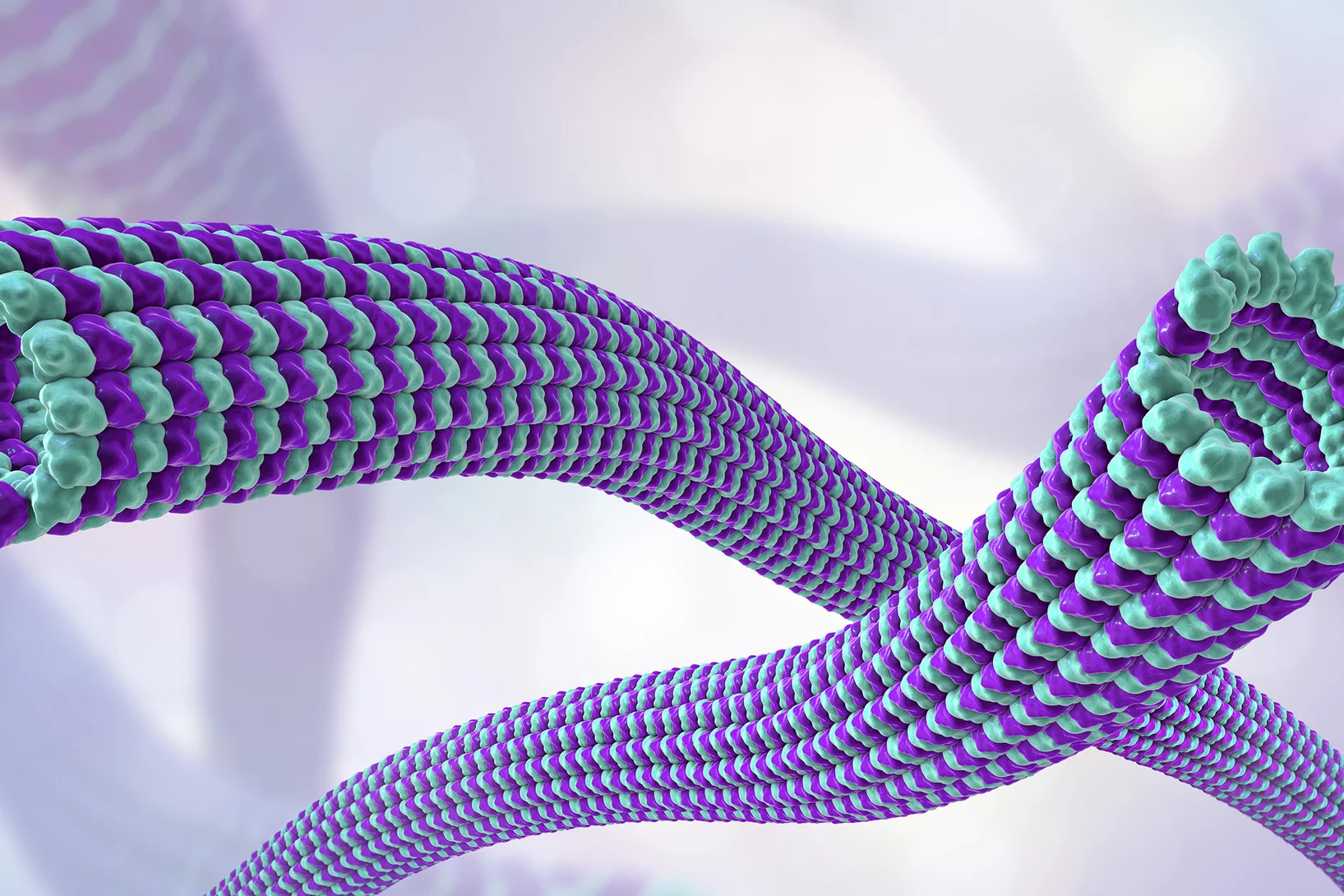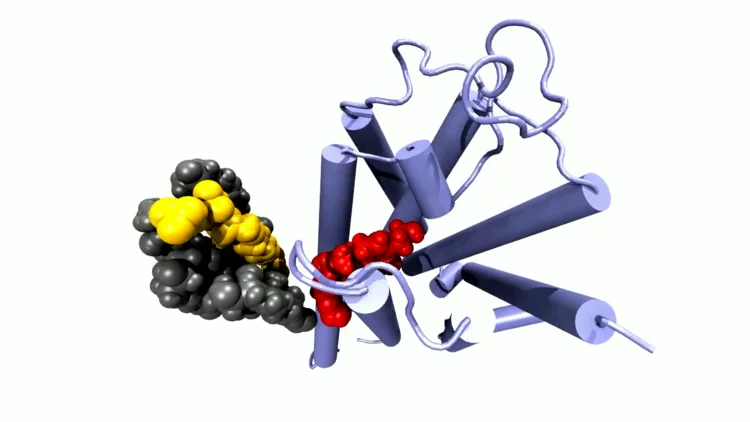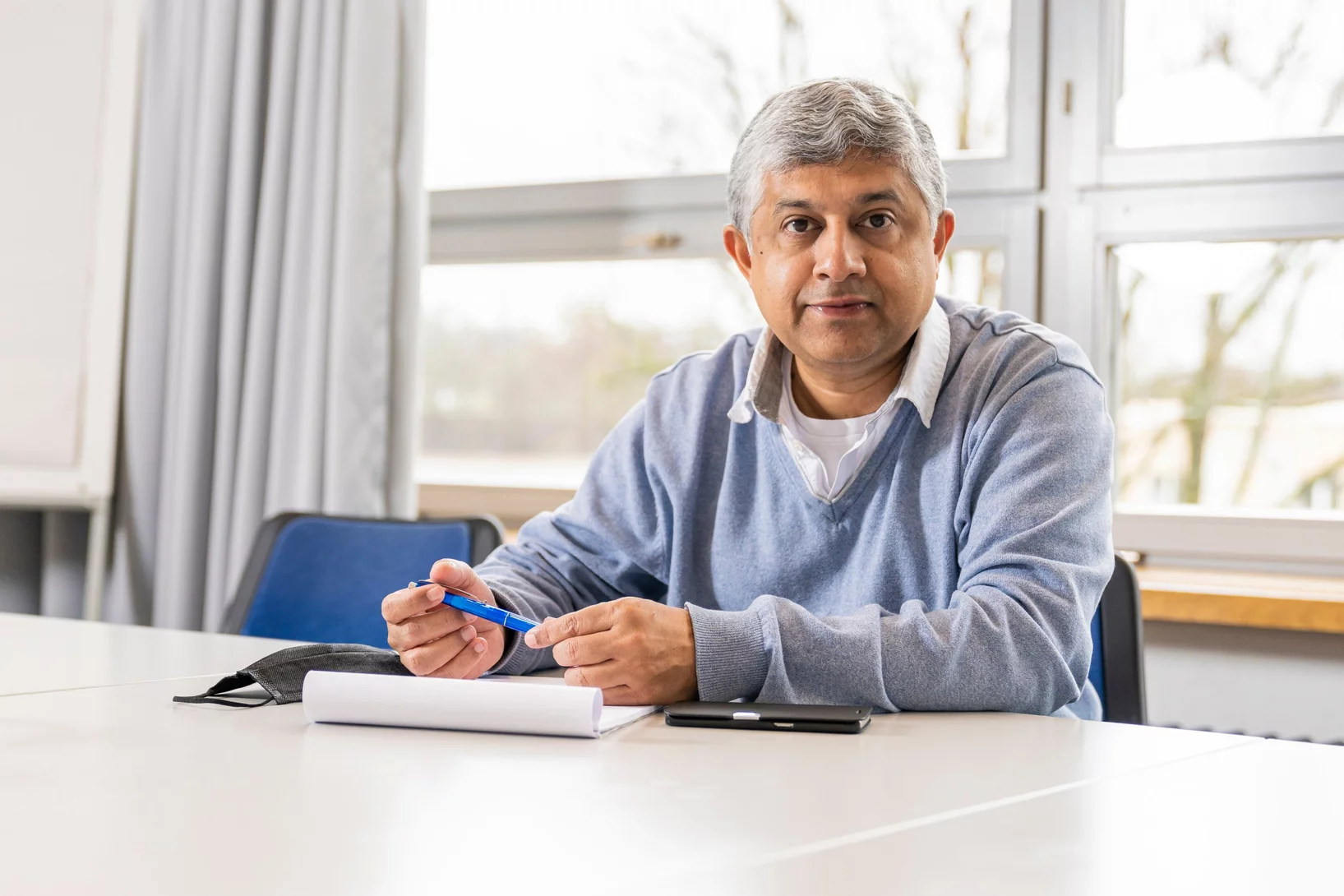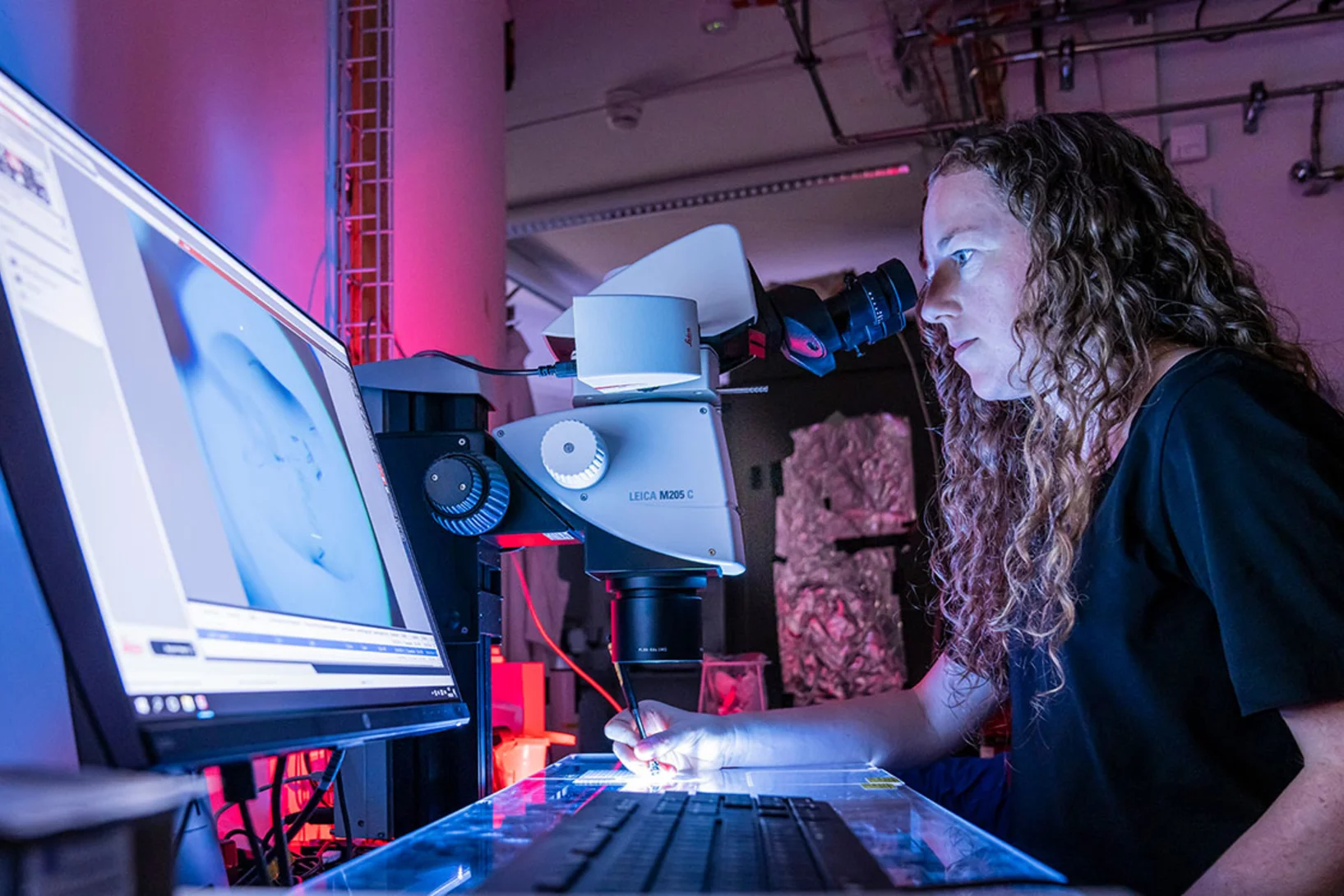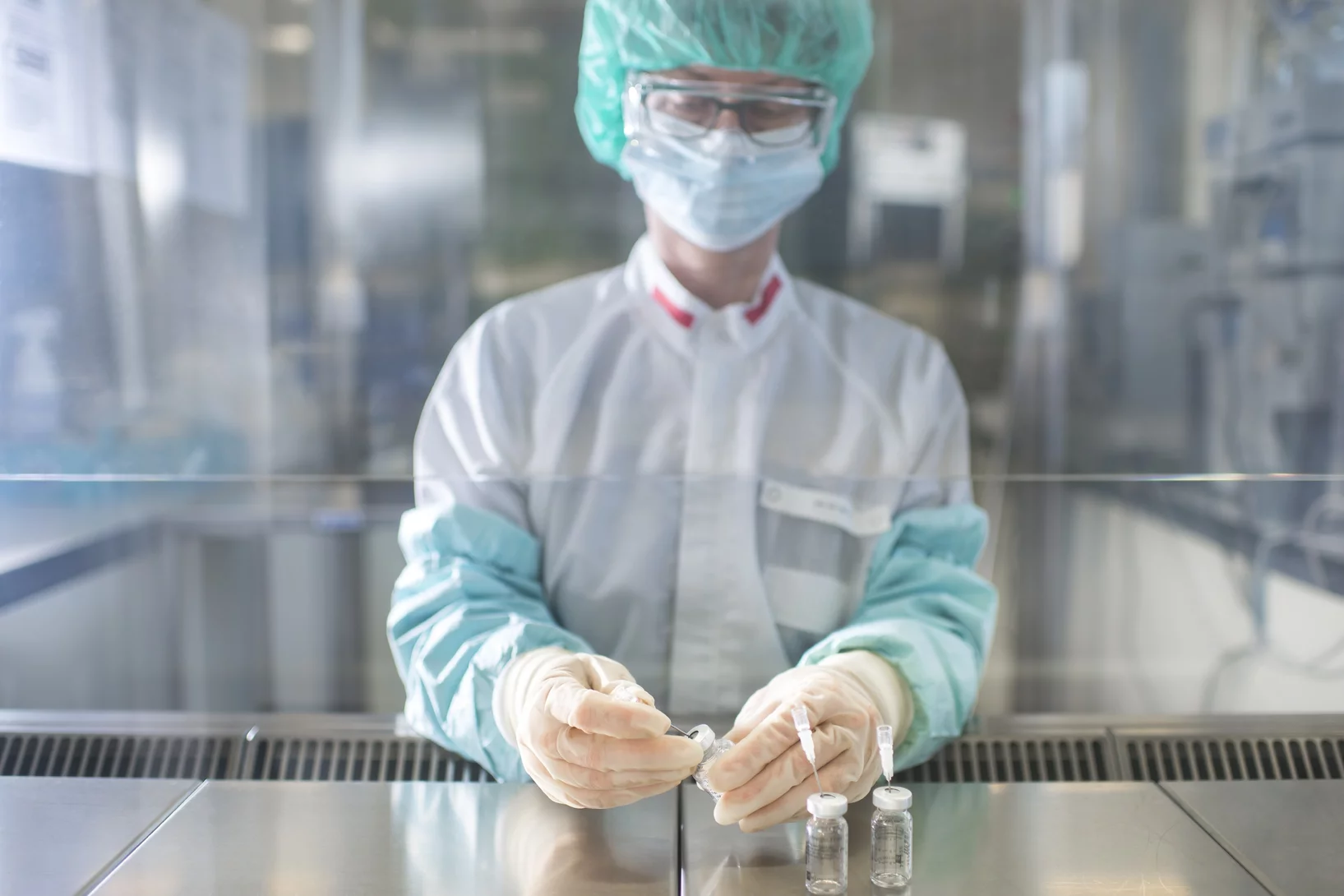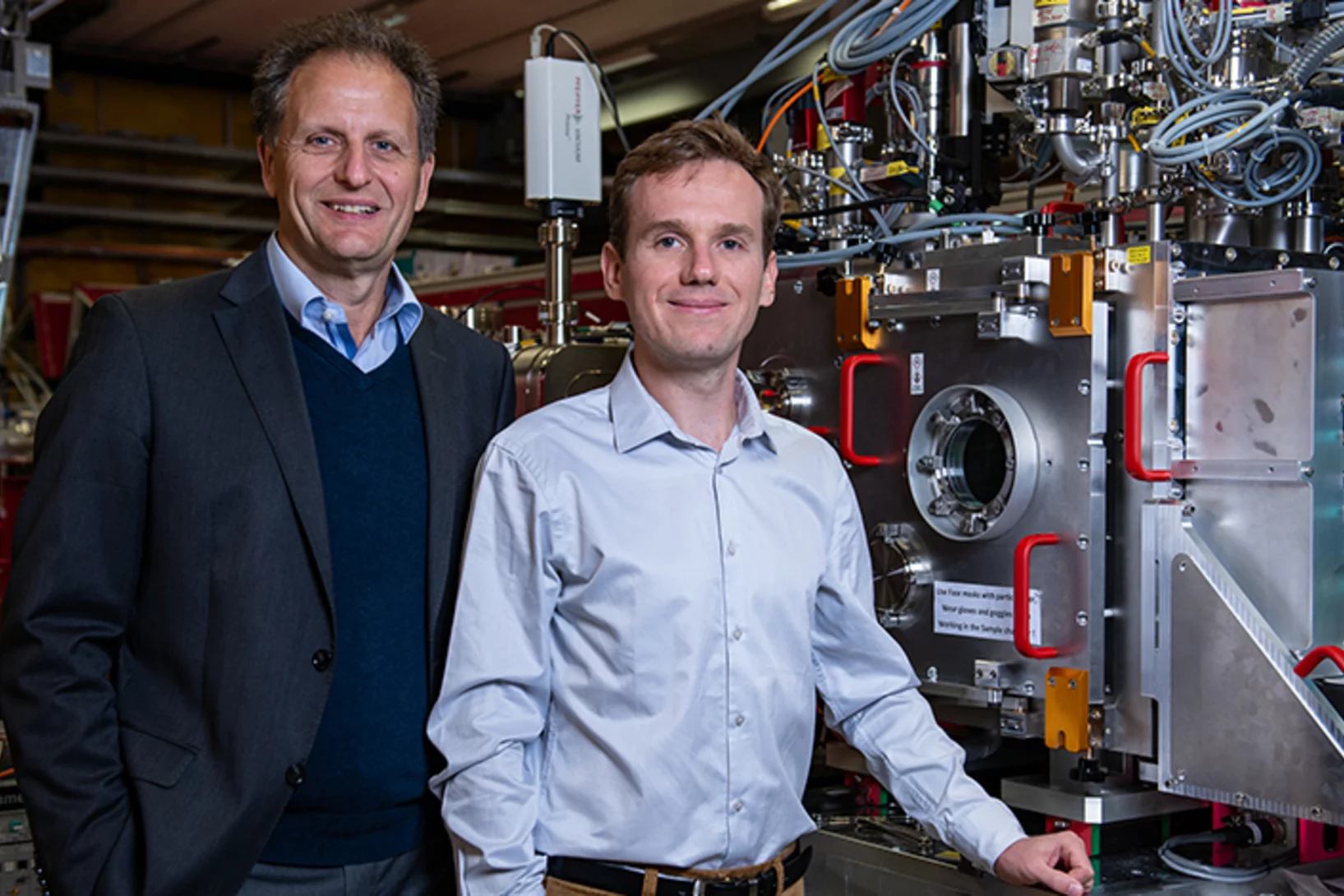Show filters
Manipulating microscopic object with sound
Manipulating microscopic objects with sound: hybrid acoustic tweezers with strong acoustic field were developed and successfully applied for transient mechanical deformation and capturing of biological cells.
From coral berries to new therapies: uncovering the molecular glue mechanism of natural compounds
Researchers at the Center for Life Sciences and the Center for Scientific Computing, Theory, and Data at the Paul Scherrer Institute have identified the mechanism by which certain natural compounds interfere with cellular signaling. These ‘molecular glues’ have a therapeutic potential for the treatment of specific cancer types. Their latest study on this topic has been published in the journal Proceedings of the National Academy of Sciences of the United States of America.
Dynamical transitions in dense packings
Biophysical modeling points to changes in collective dynamics under confinement as a key aspect of cell state transitions.
Creating circuit diagrams of the brain
Using brain circuit diagrams to understand Alzheimer's.
How botox enters our cells
Researchers at PSI have identified structural changes of the bacterial neurotoxin botox that are important for its uptake into nerve cells. This finding could allow a more targeted use of botox in medicine.
On the way to light-controlled medicine
PSI researchers have elucidated the structure of special photoreceptors.
Unlocking the secrets of proteins
This year’s Nobel Prize in Chemistry goes to three researchers who have made a decisive contribution to cracking the code of proteins – important building blocks of life. However, developing applications from this knowledge, for example in medicine, requires research institutes such as PSI.
Nature’s sunscreen and other SwissFEL stories
From DNA repair to catalysts: how the Alvra experimental station at SwissFEL has developed into a special tool for biology and chemistry research.
A bionanomachine for green chemistry
PSI researchers have characterised a unique enzyme from bacteria that enables an important chemical reaction.
New possibilities for a healing toxin
PSI researchers discover a surprising mechanism that could broaden the spectrum of therapeutic uses of botulinum toxin.
Reprogramming tissue mechanically
Scientists at PSI have used mechanical stimuli to turn connective tissue cells into stem-cell-like cells and transplanted these into damaged skin tissue. This speeds up the regeneration of the skin and the healing of wounds.
Grasping diseases by the roots
PSI researchers take pictures of cell nuclei using modern high-resolution imaging techniques, employ learning algorithms to comb through these data, and thus can more reliably identify anomalies.
More than just a support structure
Each cell in the human body contains a cytoskeleton. Contrary to what the name suggests, the cytoskeleton is far more than just a support structure.
Immerse yourself in the cytoskeleton
The cytoskeleton is a little marvel. Probing it promises to reveal, among other things, new possibilities for cancer therapy.
Bringing SwissFEL light to industrial users
High throughput experiments will enable new structural biology users to benefit from XFEL light.
An algorithm for sharper protein films
A newly developed algorithm allows measurements performed at X-ray free-electron lasers to be evaluated more efficiently.
How vision begins
PSI scientists have discovered the very first step occurring in the eye when light hits the retina.
How to find anti-cancer agents
PSI researchers have developed a new substance that disables a vital protein in the cell skeleton.
Cool newcomer
Cryo-electron microscopy can help resolve many open questions about light-sensitive proteins, rapidly and with high precision.
The wondrous world of light antennas
How light receptors can be used to specifically switch processes in cells on and off.
Asthma: diagnosis in a single breath
PSI is involved in the development of a breath test that can be used to diagnose asthma. Imad El Haddad explains why such a test could be extremely useful – especially for children.
More insight into how vision works
PSI scientists have shed light on the structure of an important component of the eye: CNG ion channels whose job is to relay optical signals to the brain.
New active agent against parasites
PSI researchers identify potential active agent against several unicellular parasites – including the pathogens that cause malaria and toxoplasmosis.
Protein distancing
PSI researchers have developed a new method to attach proteins to the surface of virus-like particles.
Tracking down unreported Coronavirus cases
The University Hospital of Zurich uses proteins made at PSI for Europe’s first large-scale serology study on coronavirus prevalence in Switzerland.
How immune cells are activated
A research consortium has deciphered the mechanism of CCR5 receptor activation, providing insights for the development of CCR5 drug antagonists for AIDS, cancer, and inflammatory diseases.
Cell cytoskeleton as target for new active agents
Using a combination of computer simulations and laboratory experiments, PSI researchers have identified new binding sites for active agents on the vital protein tubulin.
Watching receptor proteins changing shape
In our bodies, G protein-coupled receptors mediate countless processes. PSI researcher Ramon Guixà talks about how he brings those receptor molecules to life on the computer screen.
"Ultimately, we aim to understand how diseases start in single cells"
Imaging and sequencing techniques combined with machine learning offer researchers countless opportunities to look inside cells with greater precision than ever before. G.V. Shivashankar, lab head at PSI, describes how such information can be used to find answers to pressing questions.
Scientists determine the structure of glass-shaping protein in sponges
Measurements at the Swiss Light Source SLS have helped to understand how the only known natural protein-mineral crystal is formed. It is part of the fascinating glass skeleton of sponges.
A new generation of optogenetic tools for research and medicine
The European Research Council (ERC) is funding an interdisciplinary collaborative project with 10 million euros for the structural and biophysical analysis of selected photoreceptors and their development into "OptoGPCRs", light-controlled molecular switches with a wide range of applications in biology and medicine.
Wait and see, and grow crystals
At PSI, researchers decipher the structure of the proteins in bacteria and viruses. This knowledge can aid, for example, in the development of drugs against infectious diseases. But before the investigation can begin, an extremely tricky problem has to be solved: the crystallisation of the molecules.
Measurements at PSI enabled detailed understanding of genetic scissors
PSI congratulates Emmanuelle Charpentier and Jennifer Doudna on winning this year's Nobel Prize in Chemistry. Experiments at the Swiss Light Source SLS in 2013 made it possible to elucidate the structure of the protein complex CRISPR-Cas9.
Mites in the spotlight
The world of microbes and viruses is extremely old and exceedingly diverse. With the large research facilities at PSI, researchers are peering deep inside this alien cosmos and investigating, above all, the proteins of these exotic beings.
A question of binding
At PSI, researchers are screening molecule fragments to see if these bind to important proteins of the coronavirus SARS-CoV-2 and thus have the potential to disable it. They are hoping the many individual pieces of information will yield an answer as to what an effective drug might look like.
Coronavirus advice: Ventilate, ventilate, ventilate!
SARS-CoV-2 might be transmitted via aerosols, that is, through the air. Researchers point this out in the journal Clinical Infectious Diseases. André Prévôt from PSI co-signed the publication. In this interview, he explains which precautionary measures he recommends.
Covid-19 research: Anti-viral strategy with double effect
Frankfurt scientists identify a possible weakness of the SARS-CoV-2 virus. They carried out part of their measurements at PSI's Swiss Light Source SLS. The research results are published this week in the scientific journal Nature.
Elucidating the mechanism of a light-driven sodium pump
Researchers at the Paul Scherrer Institute PSI have succeeded for the first time in recording a light-driven sodium pump from bacterial cells in action. The findings promise progress in developing new methods in neurobiology. The researchers used the new X-ray free-electron laser SwissFEL for their investigations.
"Strategy and networking are enormously important"
Gebhard Schertler, head of the Biology and Chemistry Division at PSI and professor of structural biology at ETH Zurich, explains what research is being done on the coronavirus at PSI and why collaboration with researchers from other institutions plays such an important role in this.
Simulation: The third pillar of science
PSI researchers simulate and model large research facilities as well as experiments, for example, in the materials and biological sciences. Andreas Adelmann, head of PSI's Laboratory for Scientific Computing and Modelling, explains how they do it.
Modelling and simulation pay off
Researchers in PSI's Laboratory for Scientific Computing and Modelling solve the most complex problems through a combination of theory, modelling, and high-performance computing. With powerful computers, they simulate the smallest molecules or large research facilities.
Brilliant medicines
In the service of health, scientists at the Paul Scherrer Institute PSI work with radionuclides and develop agents to treat cancer and to detect tumours. Their research provides support to hospitals and is of great interest to Swiss industry.
Open fire on tumours
At the treatment stations of the Centre for Proton Therapy at PSI, tumours can be precisely irradiated from any direction. An interactive graphic explains how the protons get from the source to the body in order to trigger the elimination of tumour tissue.
Preventing tumour metastasis
Researchers at the Paul Scherrer Institute PSI, together with colleagues from the pharmaceutical company F. Hoffmann-La Roche AG, have taken an important step towards the development of an active substance against the metastasis of certain cancers. Using the Swiss Light Source SLS, they deciphered the structure of a receptor that plays a crucial role in the migration of cancer cells.
Molecular energy machine as a movie star
Using the Swiss Light Source SLS, PSI researchers have recorded a molecular energy machine in action and thus revealed how energy production at cell membranes works. For this purpose, they developed a new investigative method that could make the analysis of cellular processes significantly more effective than before.
Molecular scissors stabilise the cell's cytoskeleton
Researchers at the Paul Scherrer Institute PSI have an important part of the regulatory cycle that is involved in the formation and degradation of the cytoskeleton. Among other things, they have watched molecular scissors at work.
Bringing information into the cell
Researchers at the Paul Scherrer Institute PSI have elucidated an important part of a siganalling pathway that transmits information through the cell membrane into the interior of a cell. This exists in all mammals and plays an important role, among other things, in the regulation of the heartbeat. The new findings could lead to new therapies.
This time, it's all bio: SwissFEL makes protein structures visible
For the development of new medicinal agents, accurate knowledge of proteins is crucial. In a pilot experiment, researchers have now, for the first time, used the X-ray free-electron laser SwissFEL of PSI for the examination of protein crystals.










